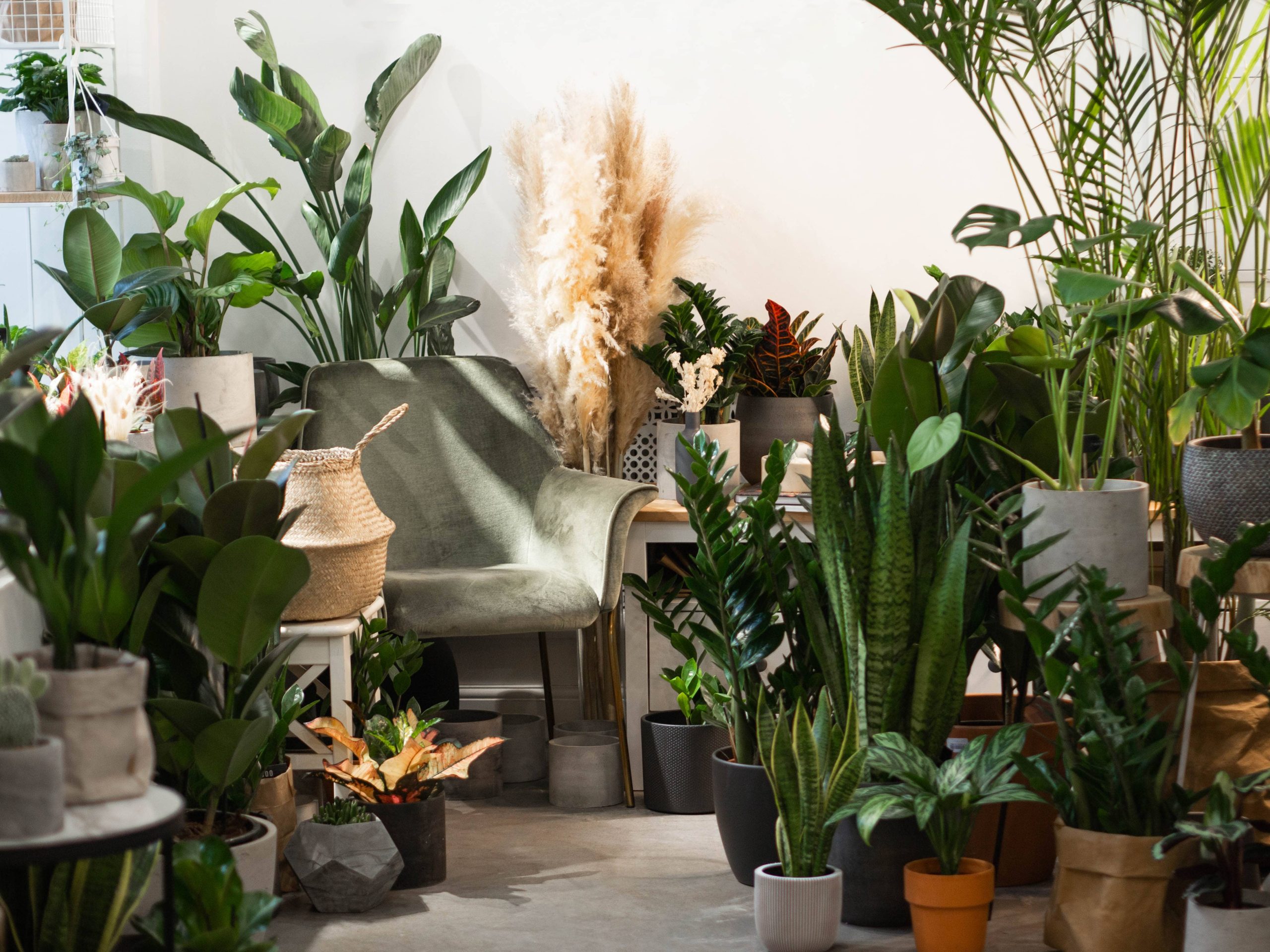
Exotic orchids, with their captivating blooms and intriguing variety, have long enchanted plant enthusiasts worldwide. These stunning plants, which number over 25,000 species, come in myriad shapes, sizes, and colors, offering a touch of elegance and mystery to indoor gardens. However, due to their exotic nature, orchids are often misunderstood and mistakenly thought to be high-maintenance. In reality, most orchids are as straightforward to care for as many other houseplants once you understand their specific requirements. In this post, we’ll explore essential strategies for caring for these fascinating plants, ensuring they flourish and add beauty to your indoor garden for years.
Understanding Orchid Basics
Orchids belong to the Orchidaceae family, one of the largest plant families. They are native to diverse habitats around the globe, from tropical rainforests to sub-Arctic regions. While some species require specialized care, many popular orchids, such as Phalaenopsis (moth orchids), Oncidium, and Dendrobium, are relatively easy to care for and adapt well to indoor environments.
Before diving into care tips, it’s crucial to understand the roles of key orchid parts:
– Roots: Unlike typical houseplant roots, orchid roots function as organs for both hydration and anchorage. In many orchids, these roots are covered in a spongy tissue called velamen, which absorbs moisture and nutrients.
– Leaves: The health and color of an orchid’s leaves can indicate its overall health. Green, firm leaves suggest a well-hydrated plant, whereas yellowing or limp leaves often signal trouble.
– Pseudobulbs: Found in certain orchid varieties, pseudobulbs act as water and nutrient storage units, helping plants survive droughts.
Optimal Growing Conditions
Light
Lighting is perhaps the most crucial factor for orchid care. Generally, orchids thrive in bright, indirect light. Orchids like Phalaenopsis and Paphiopedilum prefer medium light and will scorch in direct sunlight. Conversely, Vanda and Cattleya orchids require more light and can sometimes tolerate a few hours of direct morning sun.
A good rule of thumb for determining adequate light is leaf color: healthy orchid leaves should be light, vibrant green. Yellowish or reddish tones indicate too much light, while dark green suggests insufficient lighting.
Temperature and Humidity
Orchids differ in their temperature preferences. Phalaenopsis, for instance, enjoys typical household temperatures between 65-75°F (18-24°C). Orchids generally prefer a temperature drop at night, mimicking their natural environments.
Humidity levels should ideally range from 50% to 70%. During drier months or in air-conditioned spaces, consider using a humidity tray or room humidifier to maintain the right level, or mist your orchids regularly, provided it doesn’t encourage leaf disease.
Watering
One of the most common mistakes in orchid care is incorrect watering. Orchids don’t appreciate soggy roots, as excess moisture can lead to root rot. A good habit is to water orchids in the morning, allowing any residual moisture on the leaves to dry by evening.
Employ the “soak and dry” method: thoroughly saturate the potting medium, ensuring the water drains completely to avoid waterlogging. Let the medium dry out slightly between waterings. Typically, this might mean watering once a week, but this can vary based on the plant’s environment and the potting medium used.
Potting Medium and Repotting
Unlike typical houseplants, orchids thrive in a well-aerated potting mix, often composed of bark, sphagnum moss, or a combination. These materials allow air movement and prevent root rot. Over time, the medium can degrade and retain too much moisture, so repotting is usually necessary every 1-2 years.
Choose a pot with adequate drainage holes and, when repotting, gently remove the old medium around the roots without damaging them. Trim any dead or mushy roots, and fill the pot with fresh medium.
Fertilization
Orchids are not heavy feeders, but they do appreciate regular feeding during their active growth periods. Use a balanced, water-soluble orchid fertilizer, and apply it at half strength. Feeding once a month is typically sufficient. It’s essential to flush the plant with plain water occasionally to prevent fertilizer salt build-up.
Common Orchid Pests and Diseases
Orchids can suffer from pests like scale, mealybugs, and aphids. Keeping orchids healthy and pest-free involves routine inspection and prompt treatment at the first sign of an infestation. Treatments can include insecticidal soap or neem oil, depending on the severity of the problem.
Disease prevention focuses on avoiding overwatering and ensuring good air circulation. Proper spacing between plants can prevent the spread of fungal and bacterial infections.
Blooming and Patience
Orchids, renowned for their beautiful blooms, often require a period of adjustment to their new environment before flowering. Patience is key. Many orchids bloom annually, and it might take several months before flowers appear. To encourage blooming in Phalaenopsis orchids, expose them to a drop in night temperatures.
Conclusion
Caring for exotic orchids might initially seem daunting, but with a little knowledge and attention to their unique needs, these exquisite plants can thrive indoors. The key is understanding and replicating the natural conditions they’re accustomed to, providing appropriate light, humidity, and proper watering. With time and experience, you’ll be rewarded with the stunning, elegant blooms that only orchids can provide. Whether you’re a novice or an experienced indoor gardener, orchids offer a profound connection to the natural world’s diverse beauty, transforming your living space into an enchanting indoor paradise.













